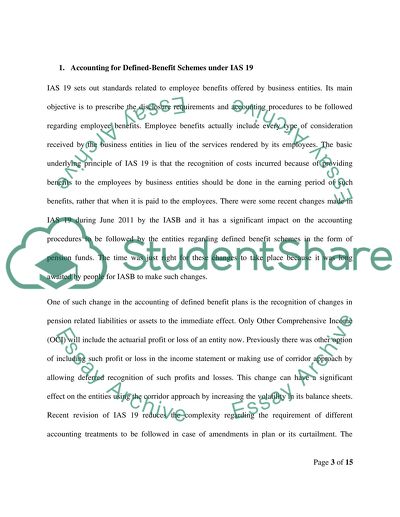Cite this document
(“Finance and Accounting Essay: Advanced Financial Accounting Essay”, n.d.)
Retrieved from https://studentshare.org/finance-accounting/1397836-advanced-financial-accounting
Retrieved from https://studentshare.org/finance-accounting/1397836-advanced-financial-accounting
(Finance and Accounting Essay: Advanced Financial Accounting Essay)
https://studentshare.org/finance-accounting/1397836-advanced-financial-accounting.
https://studentshare.org/finance-accounting/1397836-advanced-financial-accounting.
“Finance and Accounting Essay: Advanced Financial Accounting Essay”, n.d. https://studentshare.org/finance-accounting/1397836-advanced-financial-accounting.


